Locke Tavern, a Master Class in Adaptation
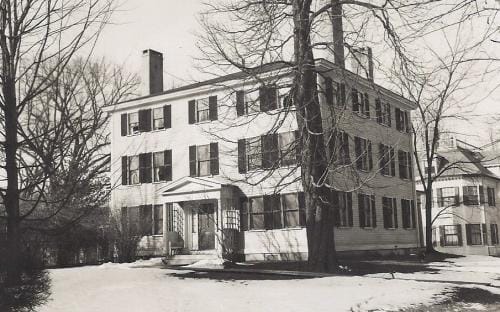
James Locke stands out as one of the select few who successfully managed multiple taverns. His journey began in 1817 when he assumed proprietorship of the Mansion House, owned by the Phillips Academy Trustees. Subsequently, in 1825, he ventured into the Locke Tavern. Both establishments were expansive and versatile, featuring a barroom, lodging facilities, a barn, and meeting spaces. Locke's adept management skills were essential in navigating the intricate demands of these enterprises.
Born on December 14, 1762, in Kensington, NH, James Locke embarked on a licensing journey at the Mansion House in September 1817. He obtained authorization to transform the Mansion House from a public tavern to a boarding establishment. Notably, "keeping boarders" during this era often referred to providing rooms for students attending Phillips Academy. Even when Locke departed from the Mansion House in October 1824, after acquiring another tavern, he transitioned to another residence designated for boarding purposes. It's important to note that during this time, a boarding house did not carry the negative connotations we associate with it today. Many boarders were affluent students, often from well-off families, attending school away from their parents. The consistent presence of boarders ensured a steady income for the establishment. Visualizing a boarding house is akin to picturing a college dormitory, with the landlord maintaining order among the students.
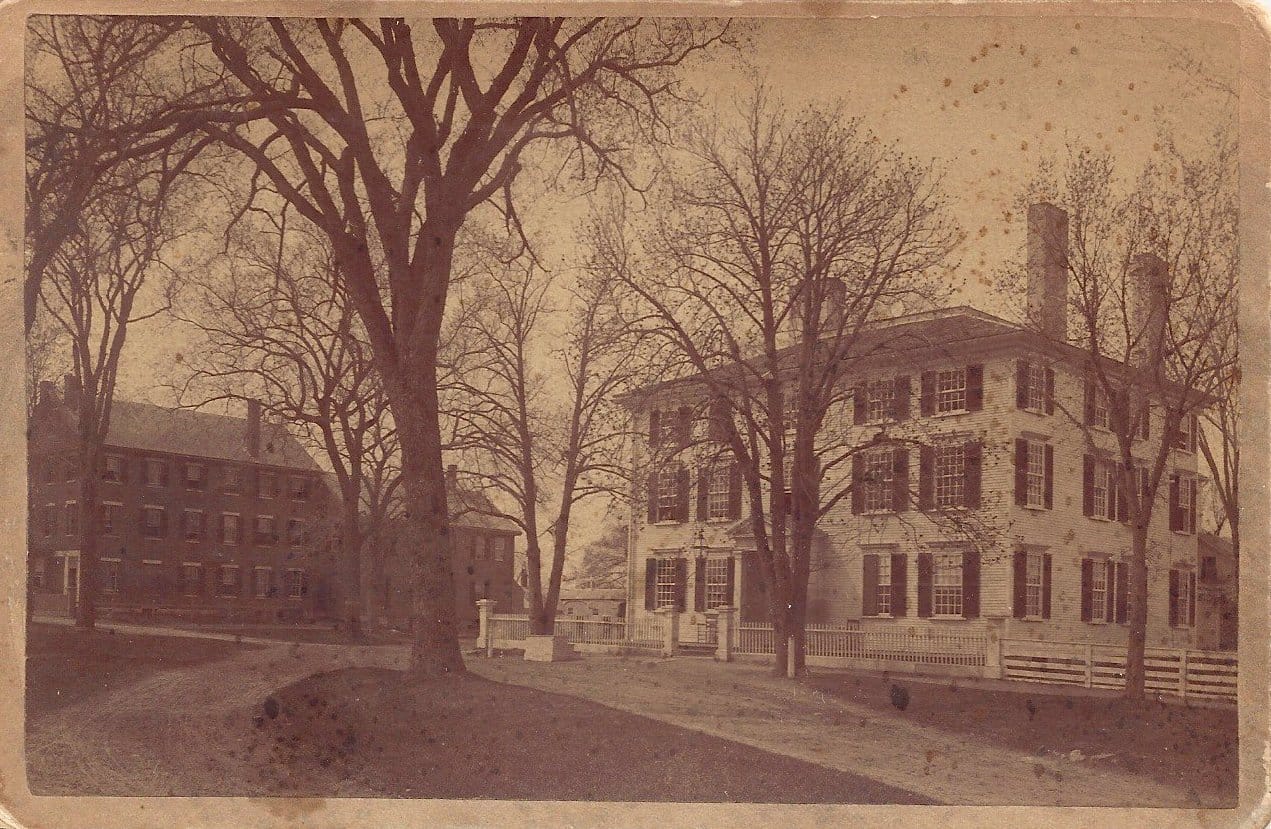
A noteworthy figure who experienced this transition was Phillips Academy student Oliver Wendell Holmes, who later penned the poem "The Schoolboy." In his verses, Holmes reflects on James Locke's relocation from the Mansion House down the hill to the Locke Tavern. The passage captures the essence of this significant move in the following lines:
“Or the old landlord, saturnine and grim,
Who left our hilltop for a new abode
And reared his signpost farther down the road.”
Locke Tavern
Major Daniel Cummings built the home what would later become The Locke Tavern in 1818/1819. During its early years, the structure served as a residence for students from both Phillips Academy and the Seminary. The transition to Locke Tavern occurred in 1824 when James Locke acquired the building, relocated down the hill to 111 Main Street, and transformed it into a thriving hub. The barroom nestled in the southwest front corner, while the barn stood prominently at the entrance, quickly filling up with boarders.
James Locke, a highly regarded figure in town, boasted affiliations with the Free Masons, attended South Parish Church, and maintained strong ties with Phillips Academy. The Locke Tavern earned a reputation as a respectable venue for business meetings and a men's club. Notably, St. Matthew’s Lodge of the Free Masons held their gatherings at Locke’s tavern, and South Parish Church hosted the Ecclesiastical Council for the installation of the next minister in March of 1836. Some of these meetings transcended the typical barroom gatherings, having far-reaching consequences.
An exemplary instance unfolded on February 19th, 1828, when influential figures of Andover convened at Locke Tavern. Attendees included State Senator Hobart Clark, Principal of Phillips Academy Mark Newman, Hon. Amos Abbot, Square Farrar, and Dr. Milton Badger. At the 6 o’clock meeting, they voted to establish a "Female High School in the South Parish of Andover." The committee formed during this meeting reported back in two weeks on plans for site selection, building, fundraising, and the timetable for opening the school. With funding from Sarah Abbot, they conceived the inception of Abbot Academy, the first incorporated high school for women in Massachusetts. Abbot Academy merged with Phillips Academy in 1973 to become co-ed.
In February 1828, The Merrimack Mutual Fire Insurance Company was organized at Locke Tavern. Comprising prominent town leaders, this company aimed to assist property owners in covering losses from fires. The absence of a fire department at the time left owners to handle incidents independently. Merrimack Mutual Fire Insurance Company issued its first policy that April to Benjamin Jenkins protecting his post house and barn for seven years — his total premium was $40. Interestingly, the policy outlasted Jenkins and his business.
Notably, in 1832, Hobart Clark orchestrated a public meeting at the "hotel of James Locke" to petition the Legislature for a charter for the Andover & Wilmington Railroad. The charter was granted in March 1833, leading to the organization of the company that same year. Little did participants know that the advent of the railroad was poised to bring an end to the long history of taverns in Andover.
The Times are Changing
In 1829, James Locke attempted to sell his three-story boarding house, advertising it as "his dwelling house, out-buildings, and almost seven acres of land under and adjoining the same; the house of three stories high, containing thirteen sleeping chambers and well suited in every respect for a hotel or boarding house, being now occupied as such, building nearly new and in good repair." Despite his efforts, the property did not find a buyer, prompting speculation about the reasons behind Locke's decision to sell. Was it prompted by his age, now 67, or were there other circumstances at play?
During this period, Andover's taverns faced numerous challenges, with many struggling to survive. The Mansion House, for instance, experienced turnover among proprietors, almost seeing a new one each year. The Blunt Tavern encountered financial difficulties and ultimately closed its doors in 1833. Jenkins Post House shuttered in 1835 following the passing of Benjamin Jenkins and the collapse of the Eastern Stage Company. Abbot’s tavern had already closed 35 years earlier, and Mayo’s tavern was auctioned in 1830 due to financial issues. Additionally, the challenges of the Temperance Movement further compounded the financial difficulties for these establishments. It's noteworthy that a few years later, in 1838, Massachusetts saw its first legislative push for prohibition.
The 1830s presented a challenging environment for those in the tavern business, and James Locke was aware of the struggles. The silver lining for him was that his competition was dwindling. When he initially started, there were five public taverns in Andover, but by 1840, the number had decreased to three: Locke, Mansion House, and the Elm. The Mansion House primarily catered to Academy boarders and Academy use, while the Elm, recently acquired at auction after Mayo's failure, served as a low-cost alternative hotel and one of the last drinking facilities encouraging heavy drinking. Locke Tavern stood out as the only public establishment serving the wider public, and providing a space for business meetings, similar to those mentioned earlier. It could be likened to a modern hotel with a bar in the lobby.
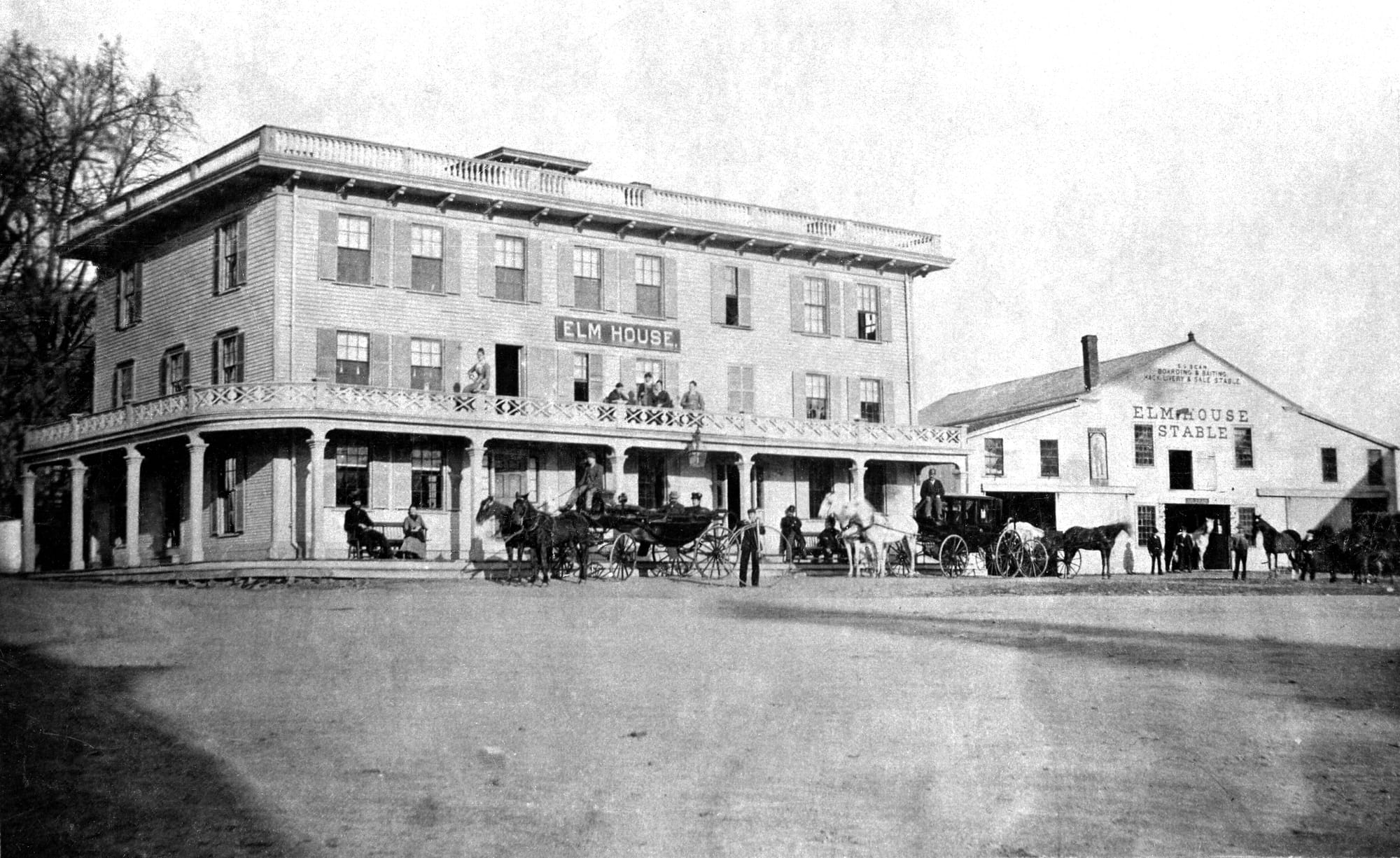
In 1840, the Tavern remained under Locke's ownership. Although the exact date of its closure for business is unknown, the property stayed with James Locke until his passing in 1845 at the age of 83. His estate subsequently sold the building.
Locke Tavern's Legacy
When I first delved into the world of taverns, I held the misconception that bars and taverns enjoyed universal acceptance, except for the hiccup during Prohibition in the 1920s. Fast forward to today, and we're spoiled for choice with a variety of bars and taverns found in hotels, restaurants, and standalone establishments. Each has its own unique style, signature drinks, and a regular crowd. Whether formal, casual, or even carrying an air of mystery, these establishments cater to diverse tastes. However, my journey into the history of taverns quickly taught me that the taverns of yesteryear faced similar, albeit different, challenges to survive.
Changing attitudes, from the era of Puritans to the Temperance Movement, along with advancements in technology such as roads, stagecoaches, and railways, played crucial roles. The varied uses of taverns, serving as public meeting spaces, post roads, disseminators of news, inns, hotels, and boarding houses, added to the complexity. Additionally, the availability of new types of alcohol further impacted the dynamics of past taverns.
I hadn't initially intended to delve into the story of the Locke Tavern, but as I explored its history, I discovered a unique tale of survival in a time of constant change. James Locke, amidst numerous challenges, skillfully navigated his way and carved out a niche that made the Locke Tavern stand out. His establishment
became more than just a tavern—it evolved into a haven for men to gather, not only serving as a meeting place but also providing 13 sleeping chambers for boarders and other hotel guests. In essence, the Locke Tavern became the go-to, respectable hub for meetings in town, shining brightly amidst the historical challenges those other taverns faced in their struggle for survival.
Sources
Andover Center for History and Culture, write-ups and photos of Locke Tavern, https://www.andoverhistorical.org/.
Andover Historic Preservation Site, write-ups and photos of Locke Tavern, Welcome to the Andover Historic Preservation Web Site | Andover Historic Preservation (mhl.org).
Bailey, Sarah Loring, Historical Sketches of Andover, Massachusetts, Houghton, Mifflin and Company, Boston, 1880.
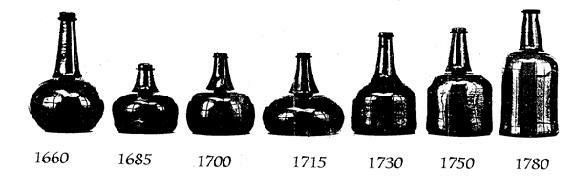

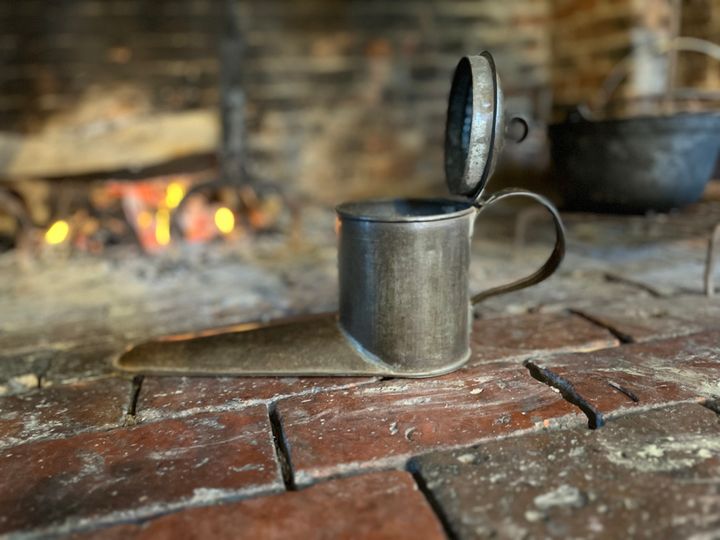
Comments ()